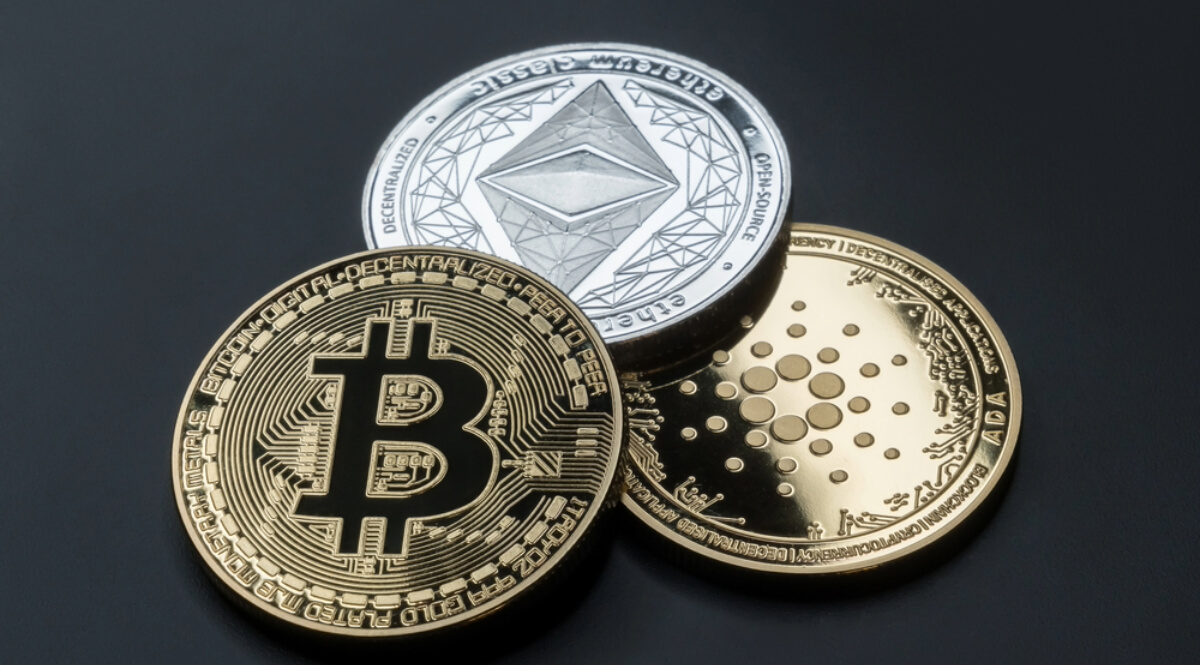
Ethereum vs. Cardano: A Side-by-Side Comparison?
Ethereum and Cardano are two of the most prominent blockchain platforms, each with its unique architecture, philosophy, and capabilities. Cardano vs Ethereum , what do they have in common?
While both platforms are designed to host decentralized applications (dApps) and smart contracts, they have distinct differences in their approach, governance, scalability, and consensus mechanisms.
This article will explore the various facets of Ethereum and Cardano, providing a comprehensive understanding of their differences.
Philosophical and developmental approach
Ethereum, proposed in 2013 and launched in 2015 by Vitalik Buterin and others, is often credited with popularizing the concept of smart contracts. It was designed as a general-purpose blockchain that could facilitate online contractual agreements in a decentralized manner without third parties.
Ethereum’s philosophy is more community-driven and liberal, aiming to offer a broad platform for developers to build upon.
Cardano, created by Charles Hoskinson, one of the co-founders of Ethereum, who left after a dispute about keeping Ethereum nonprofit, was launched in September 2017. It positions itself as a “third-generation” blockchain (with Bitcoin and Ethereum being the first and second generations, respectively).
Cardano’s development is characterized by a strong commitment to peer-reviewed academic research, aiming to achieve scalability, interoperability, and sustainability. This methodical approach means that Cardano evolves more slowly than other projects but with a focus on quality and rigour.
Technical Architecture

We need to discuss technical aspects when it comes to Ethereum vs Cardano.
Ethereum uses the Proof of Stake (PoS) consensus mechanism.
In mid-September 2022, the transition from the proof-of-work (PoW) model to the proof-of-stake (PoS) paradigm was implemented. This change aimed to diminish the network’s energy consumption, enhance its scalability, and shorten the duration of transactions.
The platform supports a wide range of programming languages, the most prominent being Solidity, and is known for its flexibility and general-purpose capabilities.
Cardano differentiates itself with a two-layered architecture: the Cardano Settlement Layer (CSL) and the Cardano Computation Layer (CCL). The CSL is used to handle transactions involving ADA, Cardano’s cryptocurrency, while the CCL hosts smart contracts and applications.
This separation allows for more flexibility and less congestion on the network. Cardano uses a unique PoS consensus mechanism called Ouroboros, which is designed to be more energy-efficient and secure.
Scalability
Ethereum has faced significant challenges with scalability, especially evident during high-usage periods where transaction fees (gas fees) can become prohibitively expensive. The Ethereum 2.0 upgrade aims to address these issues through sharding, which splits the network into smaller pieces (shards) to process transactions and smart contracts parallelly.
Interestingly, Cardano aims to achieve scalability through its Ouroboros Hydra protocol, which introduces the concept of Hydra heads – secondary layers off the main chain where transactions can be processed quickly and with low fees. This theoretically allows Cardano to scale horizontally, increasing its capacity with more users.
Interoperability

Interoperability isn’t Ethereum’s primary strength, as it mainly focuses on its own ecosystem. However, third-party services and Layer 2 solutions like Polygon are working to bridge Ethereum with other blockchains.
Cardano places a strong emphasis on interoperability. Its architecture and development roadmap indicate a clear intent to enable cross-chain integration. Cardano aims to allow the transfer of value and information between different blockchains smoothly.
Governance
Ethereum governance is somewhat informal, relying on community consensus for upgrades and changes. Ethereum Improvement Proposals (EIPs) are a way for developers to suggest changes, which are then discussed and implemented if there is a broad agreement.
Cardano has a more formal governance structure, with a treasury and a voting system that allows ADA holders to vote on proposals for platform upgrades or funding projects. This approach aims to make Cardano self-sustaining and less reliant on its founding entities.
Adoption and ecosystem
Ethereum has the first-mover advantage in smart contracts and dApps, hosting a vast majority of the market’s decentralized finance (DeFi) applications and non-fungible tokens (NFTs). This has led to a large and active community, although it also results in network congestion and high transaction fees during peak usage.
Cardano is relatively newer and is still building its ecosystem. It doesn’t match Ethereum in terms of the number of dApps or the volume of DeFi transactions. However, its methodical, research-driven approach has garnered a strong following, and the platform is expected to grow as it continues to develop and launch new functionalities.
Importance of smart contracts

Smart contracts represent a transformative and innovative technology. At their core, smart contracts are self-executing contracts with the terms of the agreement between buyer and seller being directly written into lines of code.
The code and the agreements contained therein exist across a distributed, decentralized blockchain network. Smart contracts permit trusted transactions and agreements to be carried out among disparate, anonymous parties without the need for a central authority, legal system, or external enforcement mechanism.
The concept of smart contracts was first proposed by computer scientist Nick Szabo in the 1990s, long before Bitcoin was created. He envisioned a system where contracts could be digitized and automated, reducing the need for traditional legal frameworks while increasing the security and enforceability of contracts.
The main advantage of smart contracts is that they are automated and enforce themselves. Once the conditions of the contract are met, the contract executes the agreed-upon terms. This automation can eliminate the need for intermediaries, like lawyers and brokers, thereby reducing costs and increasing the speed of transactions.
For example, a smart contract could be used for the automatic payment of royalties every time a piece of digital art is resold, or for the release of funds held in escrow once certain conditions are met.
Another significant benefit is the high level of security and trust they provide. Being built on blockchain technology, smart contracts inherit the security features of blockchain, such as immutability and decentralization. Once a smart contract is deployed on a blockchain, it cannot be altered, and its execution is transparent and visible to all parties involved. This transparency helps build trust among parties who might not know each other.
Smart contracts and new opportunities
Smart contracts also bring with them a level of accuracy and efficiency that traditional contracts cannot match. By automating tasks that were previously manual, smart contracts eliminate the potential for human error and significantly speed up processes. This is particularly useful in complex transactions involving multiple parties and conditions.
However, smart contracts aren’t without their challenges. One major issue is the “garbage in, garbage out” problem. Since smart contracts execute exactly as programmed, any flaws or errors in the code can lead to unintended consequences.

This makes thorough testing and validation of smart contract code critical. The decentralized nature of blockchain also means that once a smart contract is deployed, it is difficult, if not impossible, to modify or rectify any issues.
Another challenge is the legal status of smart contracts. The legal enforceability of smart contracts is still a matter of debate and varies by jurisdiction. As these contracts are relatively new, many legal systems have not yet fully adapted to them, leading to potential legal uncertainties.
Conclusion
Both Ethereum and Cardano have their strengths and weaknesses, and the choice between the two often comes down to the specific needs and philosophy alignment of the users or developers. So, it is important to take into consideration all factors when it comes to Ethereum vs Cardano.
Ethereum offers a broad, well-established platform with a large community, while Cardano offers a rigorously researched, methodically developed alternative with a focus on sustainability and interoperability. .




